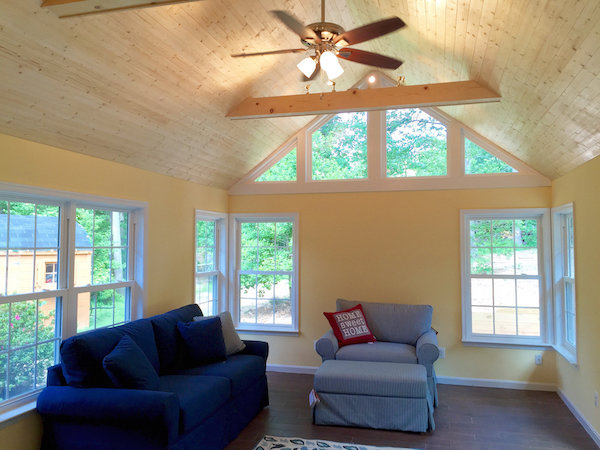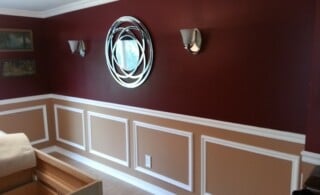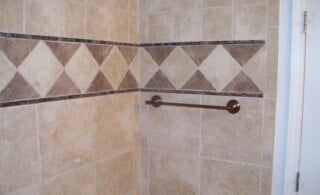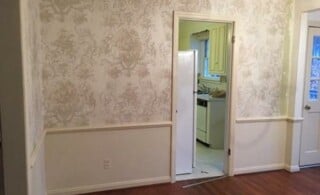
More so than other design features, the benefits and drawbacks of choosing vaulted ceilings for your home are clear, immediate, and readily anticipated. Everybody tends to love the effect of a more open living space and the compliments it inevitably solicits. Yet, the increased volume makes heating and cooling more difficult and can often dramatically increase energy costs. This is why the desire for open space and the fear of its practicality can make the decision to install a vaulted ceiling a difficult one.
Volume and Energy Costs
The first thing you’ll want to do is to understand your situation and whether the potential for increased energy costs are negligible, cause for concern but doable, or virtually prohibitive. If you’re building a new home, this question may simply be one of degree. Even though a new home will have installation and venting specifically tailored for its vaulted ceiling design, it’s still a good idea to discuss with your contractor the height and, just as important, the slope of your ceiling and compare the relative esthetic value and energy costs.
If you’re remodeling your home, the determining factor is likely to be how much space you have to work with. Much older homes may have roofs with wood framing that will allow the removal of certain joists and free much needed space. Newer homes will most likely have prefabricated trusses that may limit the amount of space you have to work with. More than just the space for the ceiling itself, there must be sufficient room for insulation. Frequently, new insulation needs to be installed with the new ceiling, but even with insulation upgrades, depending on your climate, you will need a certain number of available inches to make the insulation viable.
Ready to start your vaulted ceiling?
Find ProsVentilation and Durability
Along with insulation, proper ventilation is crucial to the lifetime of the ceiling. In colder climates, ice formation may lock in moisture, leading to mold damage. As more and more research is done, ventilation specifically designed for vaulted ceilings is being created. With vaulted ceilings, for example, the airflow should occur entirely between the insulation and the roof. While your ceiling should have an airtight seal to create an efficient heating and cooling space, proper ventilation between the ceiling and the roof will ensure continued structural integrity and further alleviate energy costs.
Tweaking Your Space
While the pleasant appearance of a more open space is probably the biggest and most obvious benefit of a vaulted ceiling, the effect of this increased space can be enhanced with a little creative touch. Paint is the easiest way to manipulate the space of your ceiling. If you had a limited amount of available space or elected to install a lower ceiling, you should consider painting the ceiling a shade or two lighter than the surrounding walls. Conversely, if your ceiling is taking on an impersonal, cavernous quality, painting your ceiling a shade or two darker will help curb this unintended effect. It’s all about space. As always, talk to your service professional to discover what options are available to you, but make sure to find out how much usable space you have, how you can use that space and, finally, the atmosphere you can achieve with it.
 Decorative Moldings: The Perfect Cover-up
Decorative Moldings: The Perfect Cover-up  Wood Veneer: An Upside to Being Shallow
Wood Veneer: An Upside to Being Shallow  Ceiling Mirrors – Considerations, Types & Options
Ceiling Mirrors – Considerations, Types & Options  The Basics of Ceramic Wall Tile Installation
The Basics of Ceramic Wall Tile Installation  Wallpaper Prep
Wallpaper Prep 

Are You Familiar With This Topic? Share Your Experience.